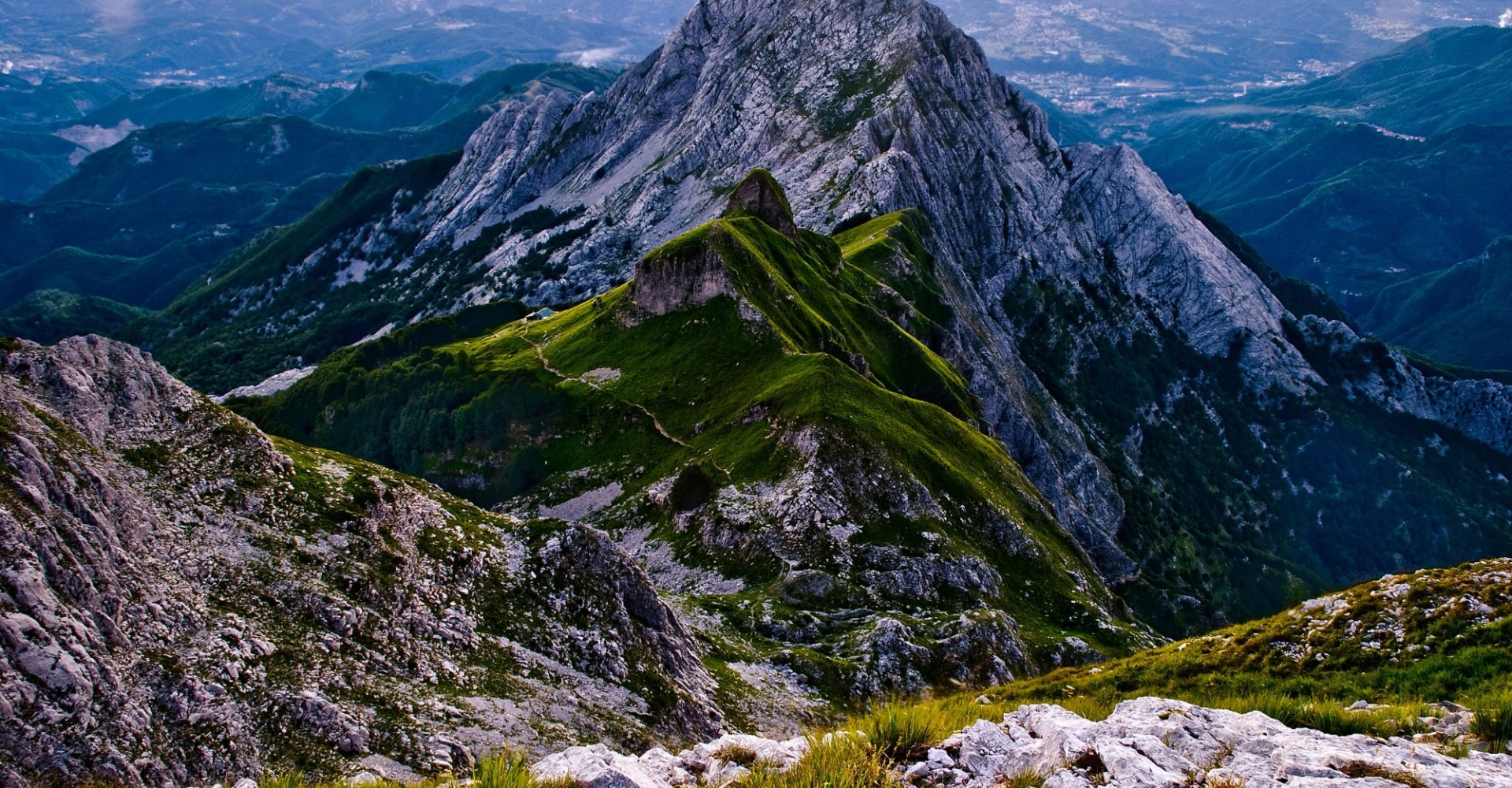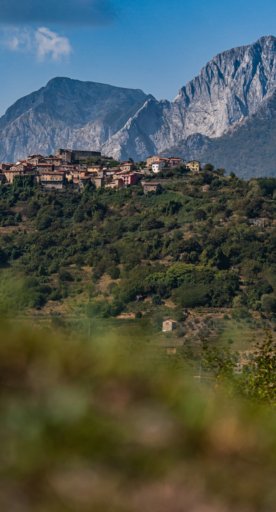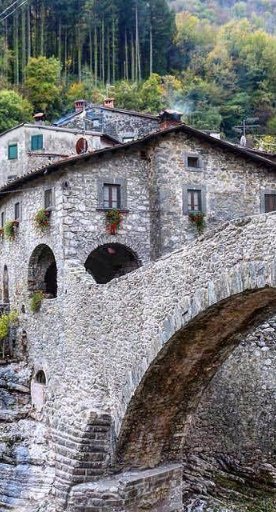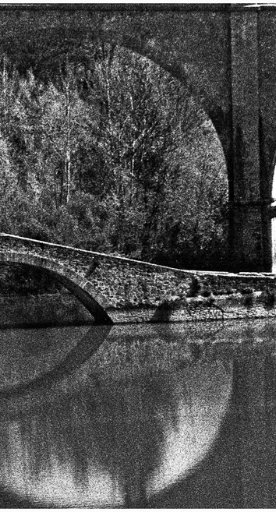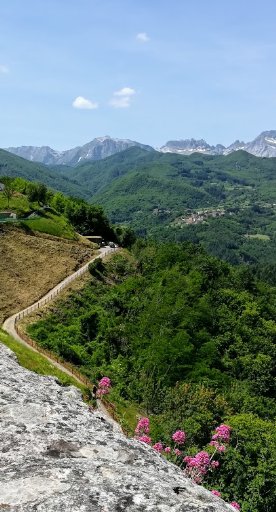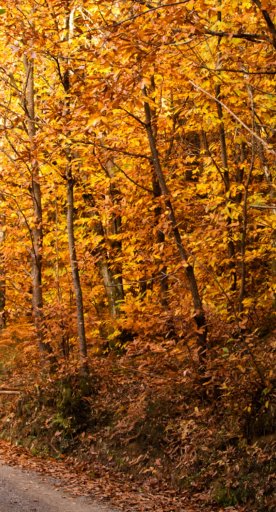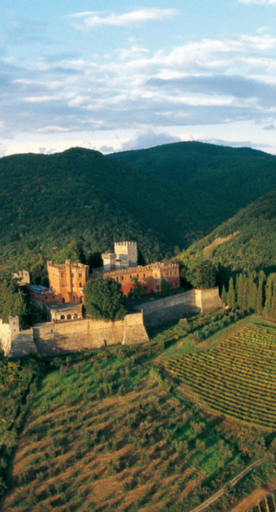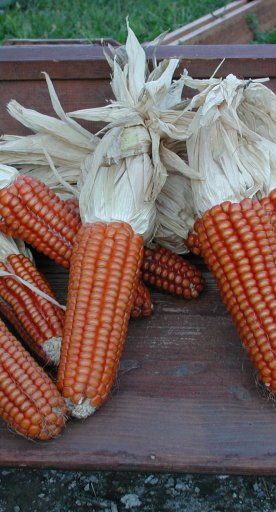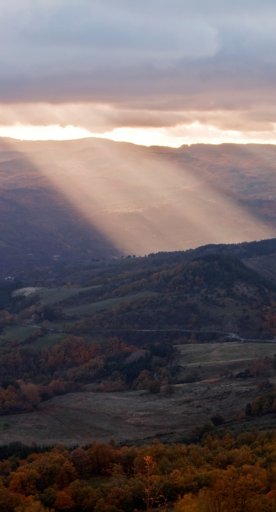Gallicano
Borderland where you can get lost in the green forests of the Garfagnana
Gallicano has been a borderland since the Middle Ages. It was either rebellious or ruled, involved in the contrasting interests of three states: the Republic of Lucca the House of Este in Garfagnana and the Signoria Fiorentina who took control of Barga in 1347 in its location wedged between Lucca and the Este lands.
What to see in Gallicano
At the foot of Monte Pania amid green and wooded valleys, the Gallicano area offers a warm welcome with its relaxing forested scenery and typical local villages that have remained unchanged throughout the centuries. The area is rich in priceless art too, such as a remarkable glazed terracotta piece attributed to Andrea Della Robbia in San Jacopo Cathedral, built within the centuries-old fortifications of Gallicano, and a sixteenth-century painted panel by Simone Carretta in the church of San Pietro in Trassilico, a hamlet surrounded by Garfagnana woodland. Wrought iron and pietra serena items can be found throughout the area: the artisanal tradition was encouraged here thanks to the fast mountain streams as well as the many mines and quarries.
At the foot of Monte Pania amid green and wooded valleys, the Gallicano area offers a warm welcome with its relaxing forested scenery and typical local villages that have remained unchanged throughout the centuries. The area is rich in priceless art too, such as a remarkable glazed terracotta piece attributed to Andrea Della Robbia in San Jacopo Cathedral, built within the centuries-old fortifications of Gallicano, and a sixteenth-century painted panel by Simone Carretta in the church of San Pietro in Trassilico, a hamlet surrounded by Garfagnana woodland. Wrought iron and pietra serena items can be found throughout the area: the artisanal tradition was encouraged here thanks to the fast mountain streams as well as the many mines and quarries.
Nearby
Garfagnana and the Mid Serchio Valley is an enchanting area between the Apuan Alps and the Tuscan-Emilian Apennines, dotted with villages and historical traditions that are yet to be discovered.
One of the best known places is Castenuovo di Garfagnana, the town that was home to the poet Ludovico Ariosto between 1522 and 1525. It's no coincidence, therefore, that the Rocca Ariostesca has become the symbol of the city and today houses the municipal offices.
Among other well-known authors, Shelley and Byron also fell in love with this area, in particular the Bagni di Lucca, a renowned spa center frequented since the times of the ancient Romans.
Finally, the Ponte della Maddalena, also known as the Ponte del Diavolo, in Borgo a Mozzano is of considerable impact. Legend has it that this arched structure was built with the help of the devil.
Garfagnana and the Mid Serchio Valley is an enchanting area between the Apuan Alps and the Tuscan-Emilian Apennines, dotted with villages and historical traditions that are yet to be discovered.
One of the best known places is Castenuovo di Garfagnana, the town that was home to the poet Ludovico Ariosto between 1522 and 1525. It's no coincidence, therefore, that the Rocca Ariostesca has become the symbol of the city and today houses the municipal offices.
Among other well-known authors, Shelley and Byron also fell in love with this area, in particular the Bagni di Lucca, a renowned spa center frequented since the times of the ancient Romans.
Finally, the Ponte della Maddalena, also known as the Ponte del Diavolo, in Borgo a Mozzano is of considerable impact. Legend has it that this arched structure was built with the help of the devil.
Historic figures
It's worth remembering some of the historical figures who appear in the Gallicano archives, the birthplace of several interesting leaders in cultures gone by such as Domenico Bertini (1417-1506), who assumed an honourable role in the Republic of Lucca and also for the papal chancellery (during Nicholas V and, as apostolic secretary, for Sixtus V and Innocent VII). A patron of prized art, Bertini was important for Lucca-born sculptor Matteo Civitali. Also to be remembered is Antonio Vallisneri (1661-1730), the court doctor of Charles IV of Hapsburg, as well as a naturalist behind discoveries of fossils and the reproduction of insects to the extent that some regard him as the forerunner of the theory of evolution. Trassilico was the birthplace of Leopoldo Nobili (1785-1835), a famous scholar in the magnetic and thermoelectrical fields.
It's worth remembering some of the historical figures who appear in the Gallicano archives, the birthplace of several interesting leaders in cultures gone by such as Domenico Bertini (1417-1506), who assumed an honourable role in the Republic of Lucca and also for the papal chancellery (during Nicholas V and, as apostolic secretary, for Sixtus V and Innocent VII). A patron of prized art, Bertini was important for Lucca-born sculptor Matteo Civitali. Also to be remembered is Antonio Vallisneri (1661-1730), the court doctor of Charles IV of Hapsburg, as well as a naturalist behind discoveries of fossils and the reproduction of insects to the extent that some regard him as the forerunner of the theory of evolution. Trassilico was the birthplace of Leopoldo Nobili (1785-1835), a famous scholar in the magnetic and thermoelectrical fields.
Events
During the year, there are various events in Gallicano for folklore lovers to attend, including the sacred representation of the massacre of the innocents, held during the Christmas period. This is a form of popular theatre poised between the sacred and the secular. The Befanata di questua is something of which each village in the Gallicanese area has a slightly different version, consisting of carol singing.
Additionally, there's the tradition of the bonfire for the last day of carnival, taking place in the main square of Gallicano, during which a puppet is burned.
Along a shady track near the Serchio, a historic game called Tiro della forma takes place. Of pastoral origin, the game is governed by medieval statutes.
Every weekend over a traditional Gallican summer, events take place which offer tasty food festivals. You can attend the Festa dei Popoli e delle Genti. On July 25, the patron saint San Jacopo is celebrated, to whom a traditional Palio is dedicated, during which the historic districts compete by parading allegorical papier-Mache floats. Religious events also take place in the month of August in the nearby hamlets of Cardoso and Verni.
Finally, the role of the multi award winning flag bearers of Gallicano deserves recognition, their colourful performances help to liven up all the various events.
During the year, there are various events in Gallicano for folklore lovers to attend, including the sacred representation of the massacre of the innocents, held during the Christmas period. This is a form of popular theatre poised between the sacred and the secular. The Befanata di questua is something of which each village in the Gallicanese area has a slightly different version, consisting of carol singing.
Additionally, there's the tradition of the bonfire for the last day of carnival, taking place in the main square of Gallicano, during which a puppet is burned.
Along a shady track near the Serchio, a historic game called Tiro della forma takes place. Of pastoral origin, the game is governed by medieval statutes.
Every weekend over a traditional Gallican summer, events take place which offer tasty food festivals. You can attend the Festa dei Popoli e delle Genti. On July 25, the patron saint San Jacopo is celebrated, to whom a traditional Palio is dedicated, during which the historic districts compete by parading allegorical papier-Mache floats. Religious events also take place in the month of August in the nearby hamlets of Cardoso and Verni.
Finally, the role of the multi award winning flag bearers of Gallicano deserves recognition, their colourful performances help to liven up all the various events.
Typical dishes and products
On tables throughout Galiicano, you'll find focaccia leva, a leavened focaccia that's about 1 centimetre high and made with a few simple ingredients: flour, yeast, salt, and water. Milk, oil, and potatoes are then added to the dough. Everything is cooked in iron testi and accompanied with local cold cuts and cheeses. It's delicious!
Focaccia leva can also be combined with minestrella, a typical recipe in Gallicano. It's a traditional soup make with wild herbs and legumes.
On tables throughout Galiicano, you'll find focaccia leva, a leavened focaccia that's about 1 centimetre high and made with a few simple ingredients: flour, yeast, salt, and water. Milk, oil, and potatoes are then added to the dough. Everything is cooked in iron testi and accompanied with local cold cuts and cheeses. It's delicious!
Focaccia leva can also be combined with minestrella, a typical recipe in Gallicano. It's a traditional soup make with wild herbs and legumes.
